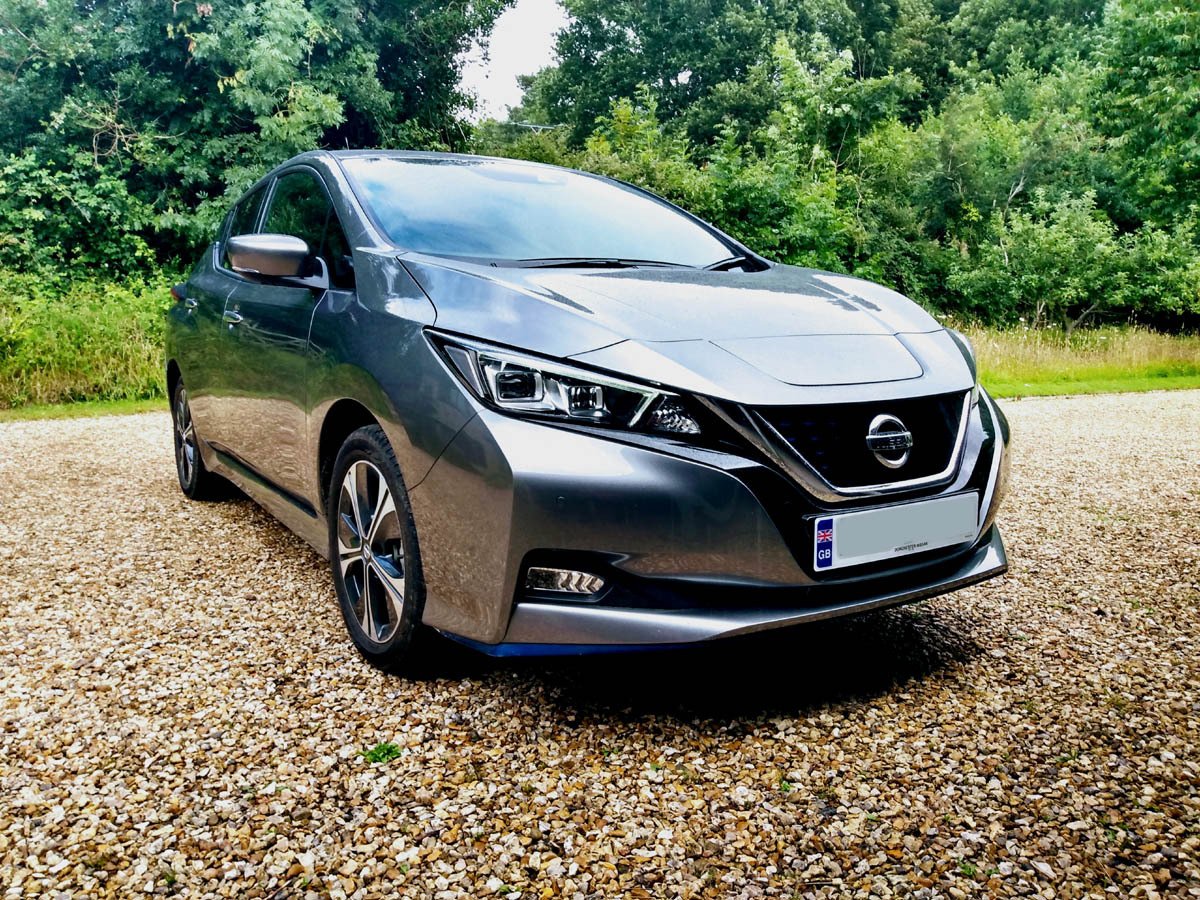
As the owner of an electric car (my third!) it was with a mixture of emotions that I read your article on the pros and cons of EV ownership. Dismay at the negativity – deep dismay that every word was true – and sadness that it does not reflect my own positive experience.
Our first Nissan Leaf had a range of 60 miles and we would not have bought it had we not had a second car for longer journeys, precisely because of the lack of infrastructure for re-charging en route. As it was second hand we were conscious that the battery had a limited life (a fact not widely pointed out by the salesmen) and it was this that led us to upgrading whilst the battery was still in good form. By then we were thoroughly converted to electric cars and we traded it in for another Leaf.
The reason for upgrading yet again was that the latest Nissan Leaf (yes, another one!) has a range of around 240 miles and we felt this justified selling our ‘second’ car. This decision was not made without a lot of research, especially on the ‘cons’ – we already knew the ‘pros’.
There is no overall regulatory body covering the use of public charging points, tariffs and methods of payment. It seems that these vary, requiring a wallet full of different charging cards and mobile apps (too bad if there is no signal). Lack of confidence in the infrastructure led us to seriously consider doing without it. In fact, to this day we have never used a public charging point – not the kind of statement a potential purchaser wants to hear. In our case, given that our primary use of an EV was for local journeys, and that we could even undertake return trips to our families without re-charging, we decided that in the rare event of a long-distance trip we would resort to hiring a petrol car. It was therefore essential that we could charge the vehicle at home.
We are very fortunate in that charging at home is not a problem for us – I admit this is not the case for everybody. We can park and charge within the curtilage of our property and have an electricity supply capable of handling the continuous high current required. I use a domestic 13 amp socket but – a word of caution – do not use an electrical socket that does not comply with the latest national regulations, without first having the house’s electrical system checked by a qualified electrician and upgraded if necessary. We have the added advantage of an off peak tariff and therefore charge the car at night time.
So, to summarise why EV works for us:-
- Going ‘green’ is important to us;
- we can charge at home and have the benefit of the off-peak electricity tariff;
- most of our journeys are local;
- we are prepared to hire a petrol vehicle on the rare occasion we undertake a long distance journey;
- I enjoy driving this car: it is very responsive, can accelerate quickly and handles well;
- it is cheap to run and, having no engine, is cheap to maintain.
I should add that if the worse came to the worst and we did lose power on the road, then one of the roadside assistant schemes would get us to the nearest charging point.
How very short-sighted of our government not to embrace the challenge of infrastructure at an early stage. Leaving it to … whoever … has resulted in a hotch potch of facilities which, I believe, is the main sticking point for those in two minds.
We would never go back to petrol now, but the government has a long way to go before public charging becomes as convenient as filling your car with petrol or diesel.




